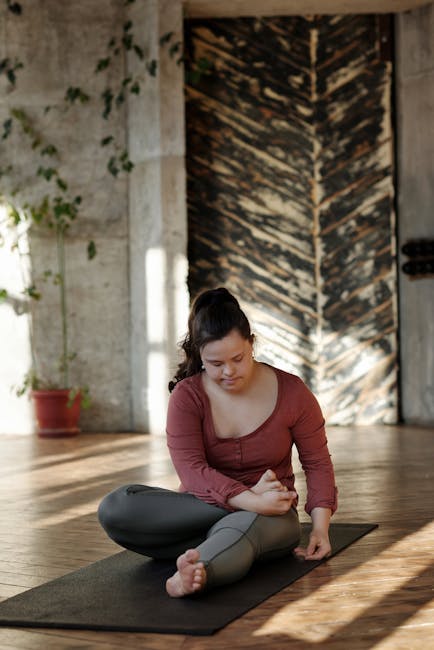
Why Hot-Cold Contrast Therapy Improves Recovery
Why Hot-Cold Contrast Therapy Improves Recovery
In the world of athletic performance, injury rehabilitation, and general wellness, few recovery methods are as widely debated—and yet as consistently effective—as hot-cold contrast therapy. This technique, which alternates between exposure to heat and cold, has been used for centuries, from ancient Roman bathhouses to modern sports medicine clinics. But what makes it so powerful? The answer lies in its ability to harness the body’s natural physiological responses, promoting circulation, reducing inflammation, and accelerating recovery.
The Science Behind Hot-Cold Contrast Therapy
At its core, hot-cold contrast therapy works by creating a “vascular pump” effect. When the body is exposed to heat, blood vessels dilate (vasodilation), increasing blood flow to the area. This helps deliver oxygen and nutrients while flushing out metabolic waste products like lactic acid. Conversely, cold exposure causes blood vessels to constrict (vasoconstriction), reducing swelling and numbing pain. By alternating between the two, the body experiences a rhythmic expansion and contraction of blood vessels, enhancing circulation and speeding up recovery.
Studies have shown that this process can:
- Reduce muscle soreness – By improving blood flow, contrast therapy helps clear out inflammatory markers that contribute to delayed-onset muscle soreness (DOMS).
- Decrease swelling and inflammation – The cold phase limits excessive fluid buildup, while the heat phase encourages lymphatic drainage.
- Enhance tissue repair – Increased circulation means more oxygen and nutrients reach damaged tissues, aiding regeneration.
- Improve joint mobility – Heat loosens stiff connective tissues, while cold reduces pain, allowing for better movement.
How to Apply Hot-Cold Contrast Therapy
The most common method involves alternating between hot and cold applications, typically in a 3:1 ratio (e.g., 3 minutes of heat followed by 1 minute of cold). This can be done through:
- Contrast showers – Switching between hot and cold water for 3-5 cycles.
- Ice baths and saunas – Alternating between an ice bath (10-15°C) and a sauna (70-90°C).
- Localized treatments – Using heating pads and ice packs on specific areas like knees or shoulders.
Athletes often use contrast therapy post-workout to speed recovery, while those with chronic pain or arthritis may benefit from regular sessions to improve joint function.
Beyond Physical Recovery: Mental and Immune Benefits
Interestingly, hot-cold therapy doesn’t just help the body—it also impacts the mind. Cold exposure triggers the release of endorphins and norepinephrine, improving mood and reducing stress. Meanwhile, heat therapy promotes relaxation by activating the parasympathetic nervous system.
Additionally, the stress induced by temperature fluctuations can strengthen the immune system. Research suggests that regular contrast therapy may increase white blood cell activity, helping the body fend off illness more effectively.
Potential Risks and Considerations
While generally safe, contrast therapy isn’t for everyone. People with cardiovascular conditions, severe hypertension, or nerve damage should consult a doctor before trying it. Overuse of cold therapy can lead to tissue damage, while excessive heat may cause burns or dehydration. Moderation and proper timing are key.
Conclusion: A Time-Tested Recovery Tool
From elite athletes to weekend warriors, hot-cold contrast therapy remains a cornerstone of effective recovery. By leveraging the body’s natural responses to temperature, it offers a drug-free way to reduce pain, enhance healing, and improve overall well-being. Whether through a post-workout shower or a structured ice-and-sauna routine, incorporating this method into a recovery regimen can lead to faster, stronger, and more resilient performance.
So next time you’re feeling sore or sluggish, consider turning to the power of heat and cold—your body will thank you.







